
Published:
Readtime: 15 min
Every product is carefully selected by our editors and experts. If you buy from a link, we may earn a commission. Learn more. For more information on how we test products, click here.
If you’ve ever found yourself struggling to decipher the wide world of whisky, you’re not alone. The industry is awash with grain choices, distillation practices and flavours, not to mention more than its fair share of jargon thrown in for good measure. To fully appreciate whisky, you need to understand what separates a Scotch from an Irish whiskey, the process behind the spirit and the cultural connection to the land on which it was distilled. Enter the following whisky guide, which tackles the best types, price points, styles and regions from every conceivable angle.
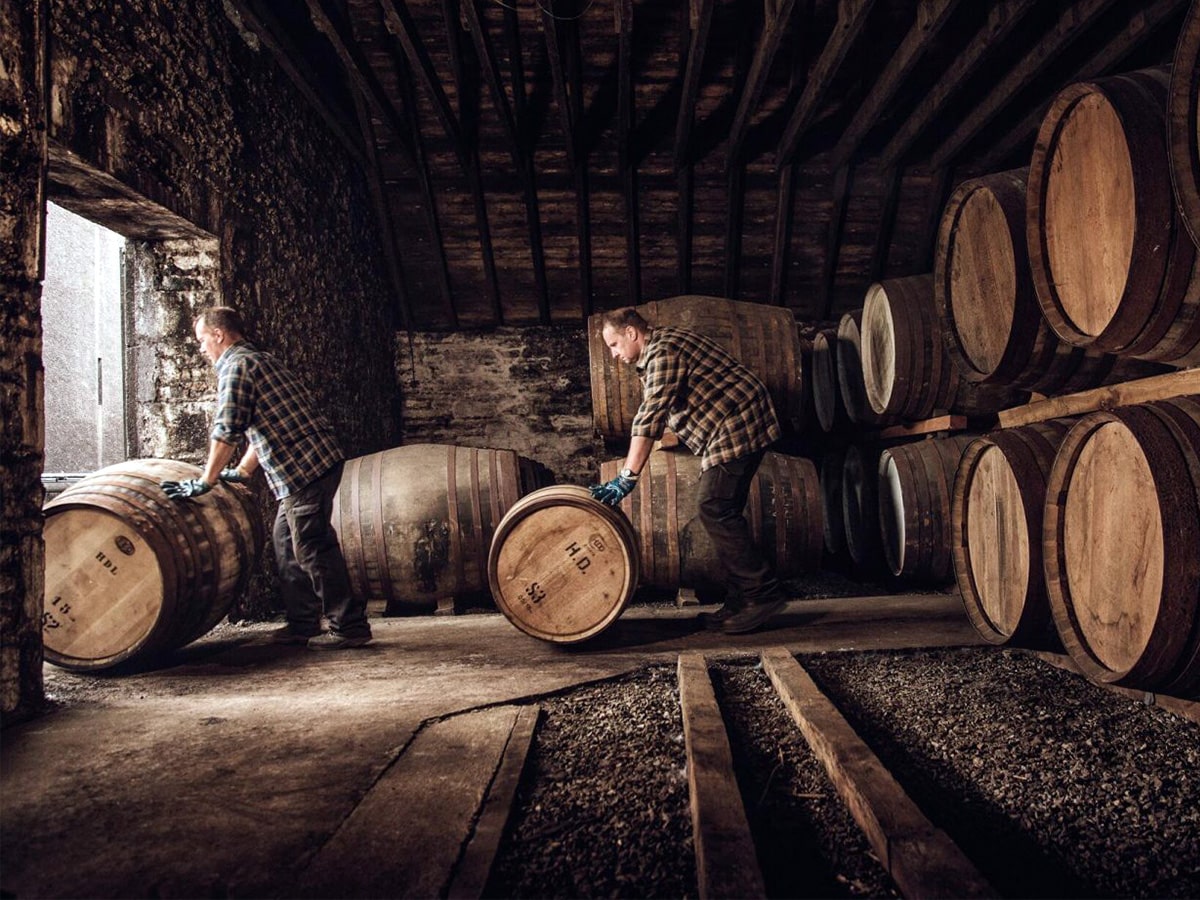
What is Whisky?
Starting from the very basics, whisky (or whiskey) is a form of distilled alcohol made from fermented grain mash. In most cases, this spirit will be crafted from malted barley or corn (in the case of bourbon whiskey), however, you’ll also come across whiskies produced using rye and wheat.
Importantly, whisky is a strictly regulated spirit across the globe, meaning there are several different categories and classes to explore. Some, like Scotch whisky, have set rules for what can be classified under the category with regulations that have passed in Federal Court. So, if you are just starting your whisky journey or you are an experienced dram-holder, knowing the terminology is key.
Whisky Production Process
There are six main steps in the whisky production process, however, this can change depending on the type of whisky and the regulations involved. Here is a short and sweet guide to making whisky and the distillation processes.
- Malting – As all whisky starts as grain, the first step in producing the spirit is malting. Importantly, it’s not only malted barley that can be used, however, the grain is generally the most common and must be specially treated to open its sugars. This process involves moistening the sprout and allowing it to germinate. As a result, the malted barley grain will release an enzyme that helps convert starches to sugars.
- Mashing – Next comes mashing, whereby the sugar must be extracted before fermentation. Here, the malted barley grains are collected and put into a large tank with hot water and agitated. In Scotch whisky production, ground malted barley is also added to help promote the conversion of starches to sugars. Once as much sugar as possible has been extracted, the residual mixture is referred to as mash.
- Fermentation – This step occurs when the mash comes into contact with yeast. The yeast helps to convert the sugars left in the liquid into alcohol, with the entirety of this process generally taking place in large vats. What is left is a strange liquid often referred to as ‘Distiller’s Beer’ for its resemblance to the drink.
- Distillation – Next, the liquid is placed into a still for distillation. The two most common types of still distillations are Pot Still and Column Still. Both structures work to increase the alcohol content of the liquid, whilst removing any unwanted flavour or aroma compounds.
- Maturation – A step you’ve most likely seen before, maturation involves placing the new make grain whisky into barrels and letting it soak up the beautiful flavours of the wood. More often than not, you’ll see single malt Scotch producers opt for bourbon barrels and oak casks for maturation, however, you’re also likely to see fortified and sherry casks make an appearance. These barrels are stored in warehouses, often for years until they reach the desired alcohol content and flavour profile.
- Bottling – Finally, once the straight whisky has reached its peak maturity, the distiller removes it from the barrel and bottles it ready for sale. You may also hear the term ‘chill-filtered’ when this stage is discussed, particularly about single-distillery Scotch whisky. This refers to a filtration process that prevents the whisky from becoming cloudy by adding cold water or ice.

Types of Whisky
While whisky production is very similar across the board, subtle changes can make enormous differences in the result, both in flavour and style. As a result, there are several different types of whisky to work your way through. Here are the main whisky types:
Single Malt Whisky
Often referred to as the king of whisky, single malts are whiskies produced at a single distillery using a single malted grain, before being matured, generally in used bourbon barrels. This type of whisky is commonly found in Scotch, Irish and Australian distilleries, however, it generally comes with a heftier price tag. Single malt Scotch whisky or Japanese whisky, for example, can be upwards of a few thousand dollars.
Blended Whisky
The term ‘blended’ refers to whisky that is comprised of a blend of various whiskies that have previously been aged. This is by far the most common type of Scotch whisky, with reports suggesting that around 90 per cent of the market is made up of products that combine malted barley or other grain spirit. Examples of blended Scotch include Johnnie Walker, Chivas Regal and Ballantine’s. For the most part, your affordable brands will fall into the blended Scotch category, along with the sweeter varieties, commonly found in Irish whiskey.
Rye Whiskey
One of the best-loved types, rye whiskey is a style produced from rye grains rather than barley or corn. Importantly, this category is not exclusive to any region, so you will regularly find Australian, Canadian and American cask-strength rye whiskey at your local bottle shop.
Bourbon
A style exclusive to the USA, bourbon is a whisky type that has its own set of rules. Specifically, bourbon whiskey can only be made in America from at least 51 per cent corn as opposed to the traditional malted barley of Scotch. From here, it must also be barrelled no higher than 125 proof, aged in new, charred oak bourbon barrels and distilled to no more than 160 proof. For more information on bourbon, check out our guide to the American spirits.
Tennessee Whiskey
Similar to bourbon and rye whiskey, Tennessee Whiskey follows a strict set of regulations, with one major geographical difference. Tennessee whiskey can, unsurprisingly, only be produced in the state of Tennessee. It also goes through a slightly different filtering procedure called the Lincoln County Process. Revered for its sweet toffee flavours, this corn whiskey is commonly used in cocktails, such as the whiskey sour. The most common brand of Tennessee whiskey is Jack Daniel’s, however as you’ll find out in our whisky guides below, there is a lot more to explore with this unique category.
Peated Whisky
One for those who take drinking whisky to the extreme, peated whisky has a unique, smoky flavour that lingers on the tongue. More specifically, peated whisky can be classified as any whisky that uses peat as a part of the distilling process, generally alongside the malted barley base. If you didn’t know, peat is partially decayed vegetation or organic matter, which when added to the whisky production process, releases compounds similar in flavour to smoke and fire. This type of whisky is an acquired taste but has steadily grown in popularity over the years, particularly in the single malt category. You’ll commonly find this whisky type in the Islay region of Scotland, best typified by brands such as Laphroaig and Benriach, however, there is also a growing peat movement in Japanese whisky.
Wheat Whisky
Wheat whisky is a style crafted from a grain bill that consists primarily of wheat. While the United States regulates that all products under this distinction must be composed of at least 51 per cent wheat, the style is perhaps best typified by the Germans. With a steady flow of ‘Brewer’s Wash’ made from heavily fermented wheat, the conditions are best suited for producing cask-strength wheat whisky.
Non-Alcoholic Whisky
Most non-alcoholic whiskeys are made from three core components; water, citric acid and other flavouring components. Some may then be distilled so that the oils and compounds in the aromatic components can be expressed and captured. The liquid is then pumped into oak barrels to age for an often undisclosed period, just like many conventional whiskies. Once it has matured, the liquid is ready to be consumed and more often than not, it has that classic Scotch taste and blended malt finish dram lovers demand.
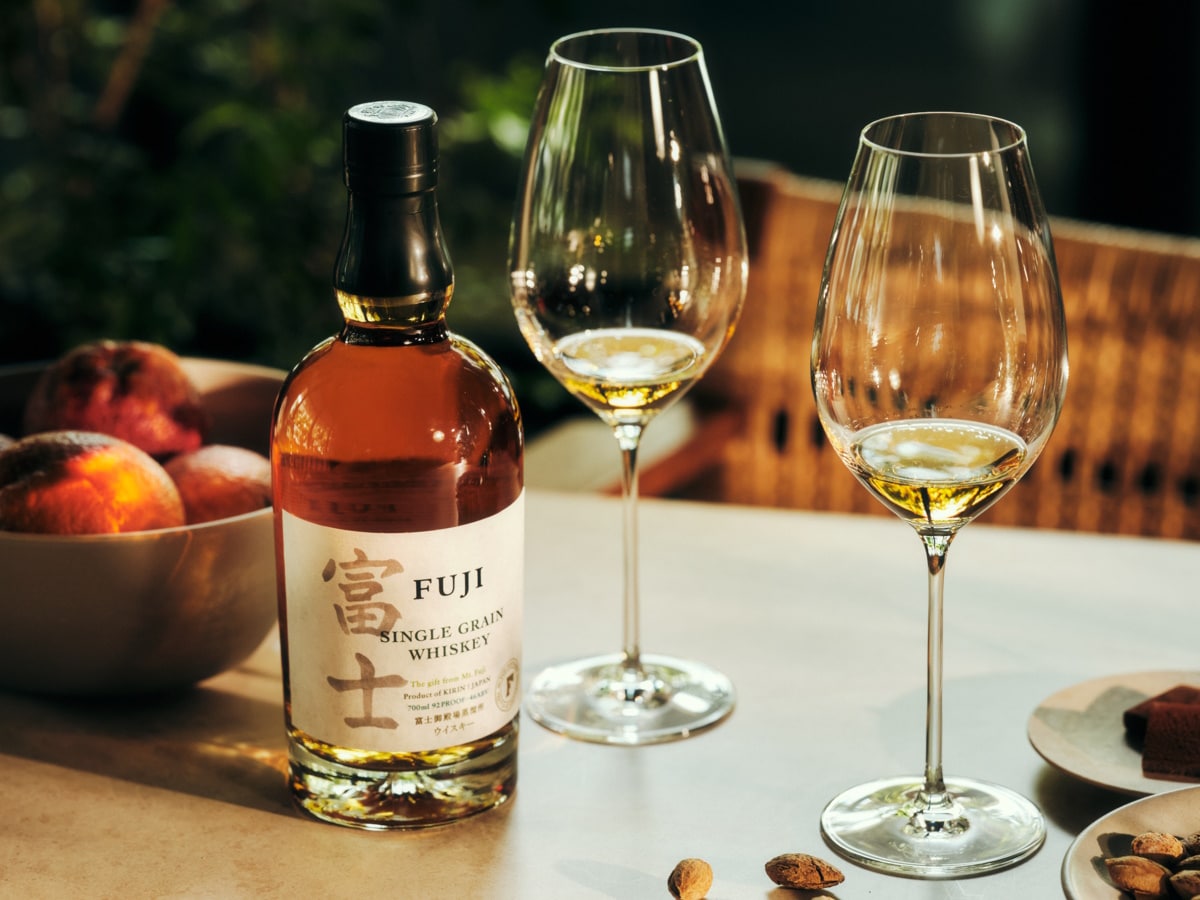
Whisky By Region
When it comes to whisky, you may already know some of the key production regions like Scotland and Ireland, but in recent years the industry has gone truly global. Some of the best whiskies in the world come from unexpected lands, with India laying claim to an assortment of world champions, not to mention Japan’s cult-like whisky following. Here, we’ve dispelled it down to the top whisky-making countries in the world.
Scotch Whisky
The most significant player in the world of whisky, Scotland has been commercially producing the spirit since the late 18th century, however, the first mentions of whisky date back as far as the 1490s. Part of the reason Scotch whisky is so revered is due to its strict production guidelines, which have helped the spirit to gain a fabled following. According to the Scotch Whisky Association, the country’s whisky industry supported “40,000 jobs and accounted for £4.37 billion in exports in 2017”. With blended Scotch icon Johnnie Walker, alongside single malt Scotch whisky favourites The Balvenie, Glenfiddich and The Macallan, it’s little wonder Scotland is seen as the home of whisky.
Irish Whiskey
As the name would suggest, Irish whiskey is a type of spirit produced in Ireland generally from a mix of malted cereals and matured in wooden casks and oak barrels. Like Scotch, Irish whiskey must be aged for at least three years and have a minimum of 40 per cent ABV. The category is one of the most popular in the world, courtesy of the biggest name in the triple distillation space, Jameson, along with craft special Redbreast, and the world’s oldest licensed whisky producer, Bushmills. Even UFC star Conor McGregor has got in on the Irish whiskey game with his brand Proper Twelve.
American
American whiskey is a unique category that encompasses a few different types and multiple distilleries. While the spirit is made across the country, the process can differ from region to region, with certain distillers opting to utilise a variety of grains rather than the traditional malted barley. As a result, you’re likely to find a plethora of sweet rye whiskey and bourbon (often referred to as Kentucky straight whiskey) emerging from the United States. In general, American whiskey has a sweeter dried fruit and dark chocolate finish, courtesy of the highly-propensity of corn as the base cereal, alongside the high temperatures in the maturation stage. Check out our guides to American whiskey, starting with the best brands and moving through the top craft distilleries. Here is a guide to whiskey made in the United States.
Japanese Whisky
With a focus on floral notes and smoky textures, Japanese whisky is an acquired taste, however, the category is growing rapidly. Taking the foundations of Scotch whisky and adding a local flair to the mix, the best Japanese whiskies are brimming with bold notes and a rich palate-friendly mouthfeel. The most popular Japanese whisky brands include Nikka, Hibiki and Suntory, which produces a swathe of decadent single distillery releases at a variety of price points.
Australian
Despite only being a fledgling industry by global standards, Australian whisky is fast becoming one of the category’s heavy hitters. Through the late 20th century, the region produced several respectable single distillery releases but everything changed in 2014 when Tasmanian distillery Sullivan’s Cove took on the Scots and won. Following a blind whisky tasting, the label’s French Oak cask was crowned the best single malt whisky in the world at the World Whisky Awards, kickstarting a trend towards premium, home-grown releases. Nowadays, labels such as Lark Distilling Co., Starward Whisky and Archie Rose are leading the pack, with several boutique brands popping up seemingly every other week. Check out our complete guide to the best Australian whisky brands, along with a host of other specialist single malt and blended malt releases to explore.
Canadian Whisky
Fresh off a recent world’s-best ranking for its Alberta Premium Cask Strength Rye, the popularity of Canadian whisky has never been stronger. The region’s balanced mix of rye and cereal has helped distinguish the spirit from its cross-the-border rival, with several key brands making inroads globally. Keep an eye out for single-grain whisky and blended labels such as Lot No. 40, Pike Creek and Masterson’s if you are looking for the best Canadian whisky. Otherwise, just use our handy whisky guide.
New Zealand
Once a formidable force in the world stakes, New Zealand whisky all but disappeared from view in the 20th century, however, it’s coming back strong. With organisations such as The New Zealand Whisky Collection and distilleries like Thomson leading the charge, the area is best known for its rye whisky and single distillery releases. Here, we’ve pulled together the labels you need to know and a guide to the drams worth your time.
Indian
Despite Scotland, Ireland and America claiming to be powerhouses in the industry, it may surprise you to learn that India is the most lucrative whisky market in the world. The region was worth a whopping USD$18.8bn in 2021 and that is set to grow again in 2022, according to data from Statista. Over the past few years, pure malt producers such as Paul John have helped raise the profile of the domestic market, snagging a series of international awards for their grain whiskies. Here’s everything you need to know about Indian releases in this handy guide to whisky.
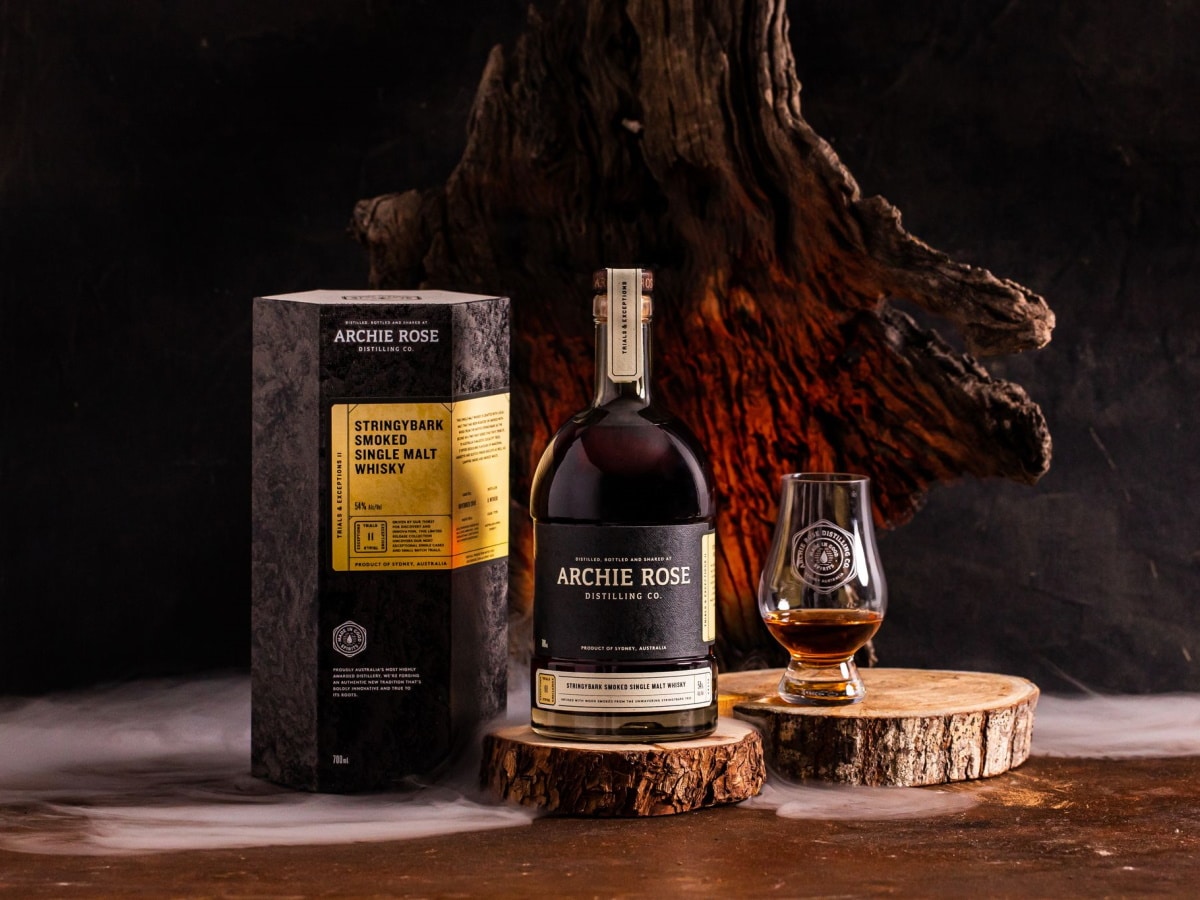
Whisky by Price
While it may feel like you need to spend a fortune to purchase a great bottle of whisky, there is a myriad of less-expensive and affordable releases waiting to be discovered. Here, we’ve organised our favourite whiskies from around the world by price point. Don’t want to spend $200 on a single malt Scotch or Irish whiskey? We’ve got you covered. Need a bourbon for under $100? Look no further. Don’t have a budget at all? Take it easy, high-roller – maybe one of the most expensive whiskies in the world might fit you. Check out our guides to whisky at every price point.
Under $100
Under $150
Most Expensive
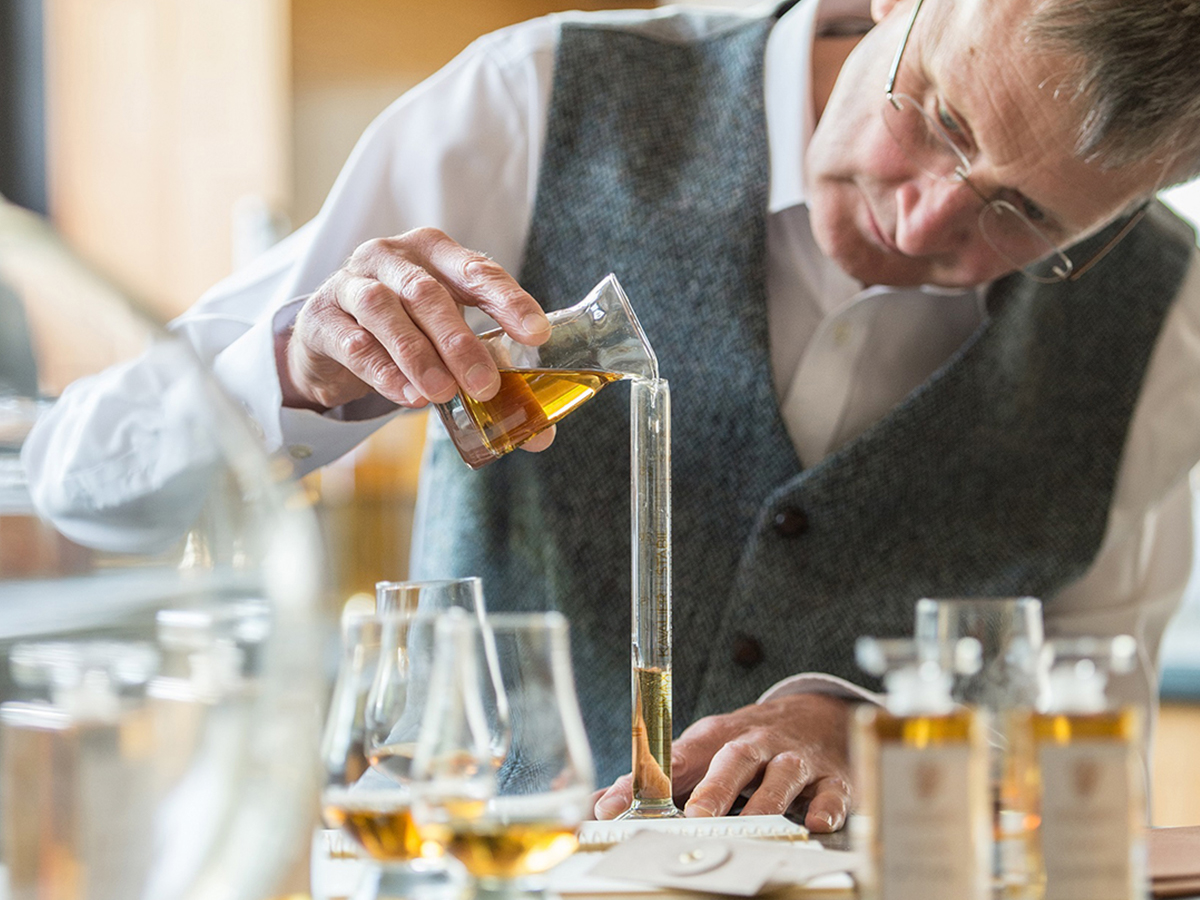
Whisky How-Tos
If you are just starting your whisky journey, there’s a lot to take in. Thankfully, we’ve done a lot of the heavy lifting. For everything you need to know about blended Scotch whisky history, Irish whiskey flavours and everything in between, take a look at this handy collection of whisky guides and how-tos. With the below guides, we tackle the key information and data surrounding the global industry.
- How to Taste Whisky Like a Pro
- How to develop your palate
- Beginner Whiskies to Start Your Collection
- Best Whisky Clubs and Subscriptions in Australia
- Biggest Scotch Whisky Export Markets Revealed
- Best Australian Whisky Blogs
- How To Make the Iconic Whiskey Cocktail
- How to Make an Ice Ball
- How to Enhance the Taste of Whisky With Music
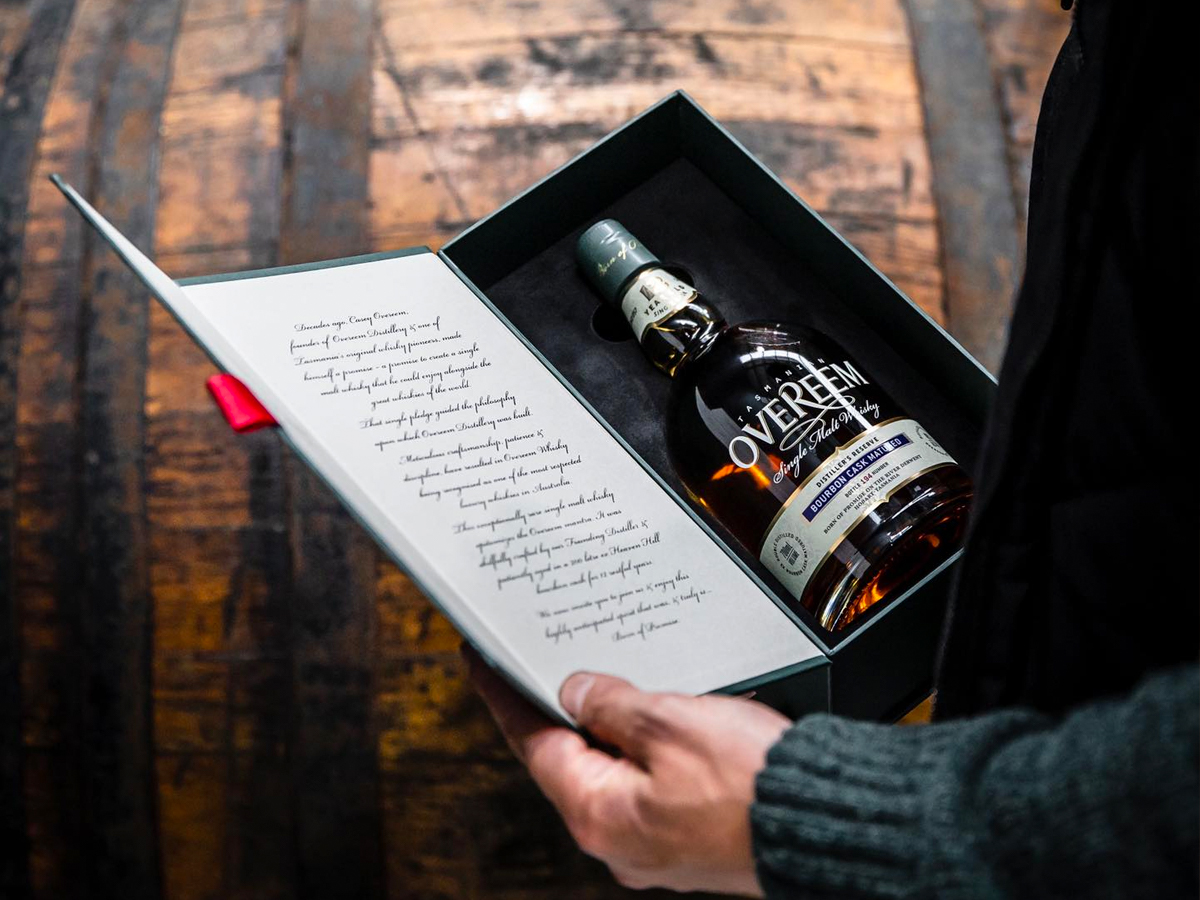
Whisky Gifts
Not sure what to get the whisky lover in your life? To help you make sure your next birthday, Christmas or Father’s Day treat is a special one, we’ve collated all our favourite whisky gifts. Take a look and turn your next surprise into something worth cherishing.
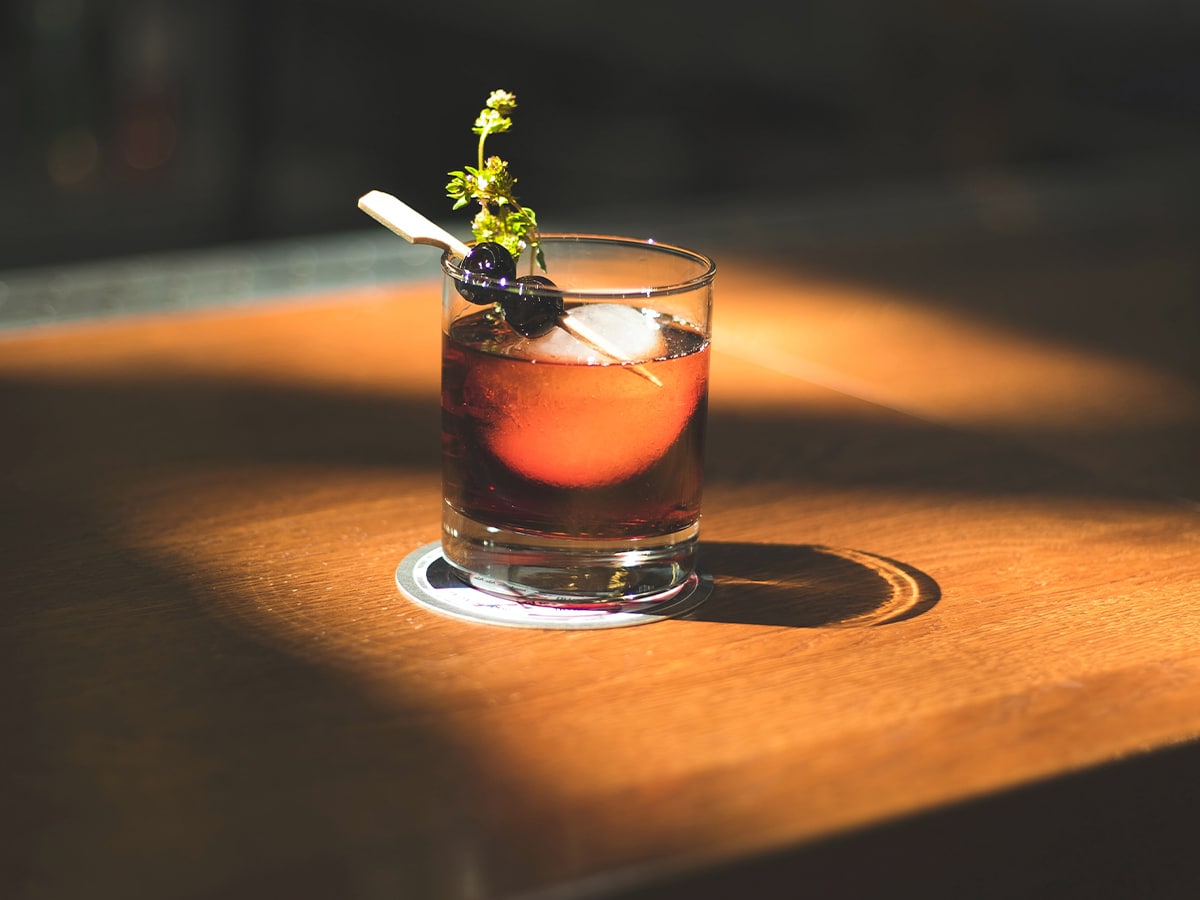
Whisky Cocktails
Try making our favourite whisky cocktails with these easy and fun recipes. We’ve got classic cocktails like the Old Fashioned and the Manhattan, along with some more beginner-friendly flavours like the Highball and Whisky Sour, along with some Irish whiskey favourites. Here is a guide to whisky cocktails.
- Old Fashioned
- Whisky Sour
- Whisky Highball
- Manhattan
- Mint Julep
- Australia’s Best Bartenders Share Whisky Cocktail Recipes
Our complete guide to Whisky Cocktails
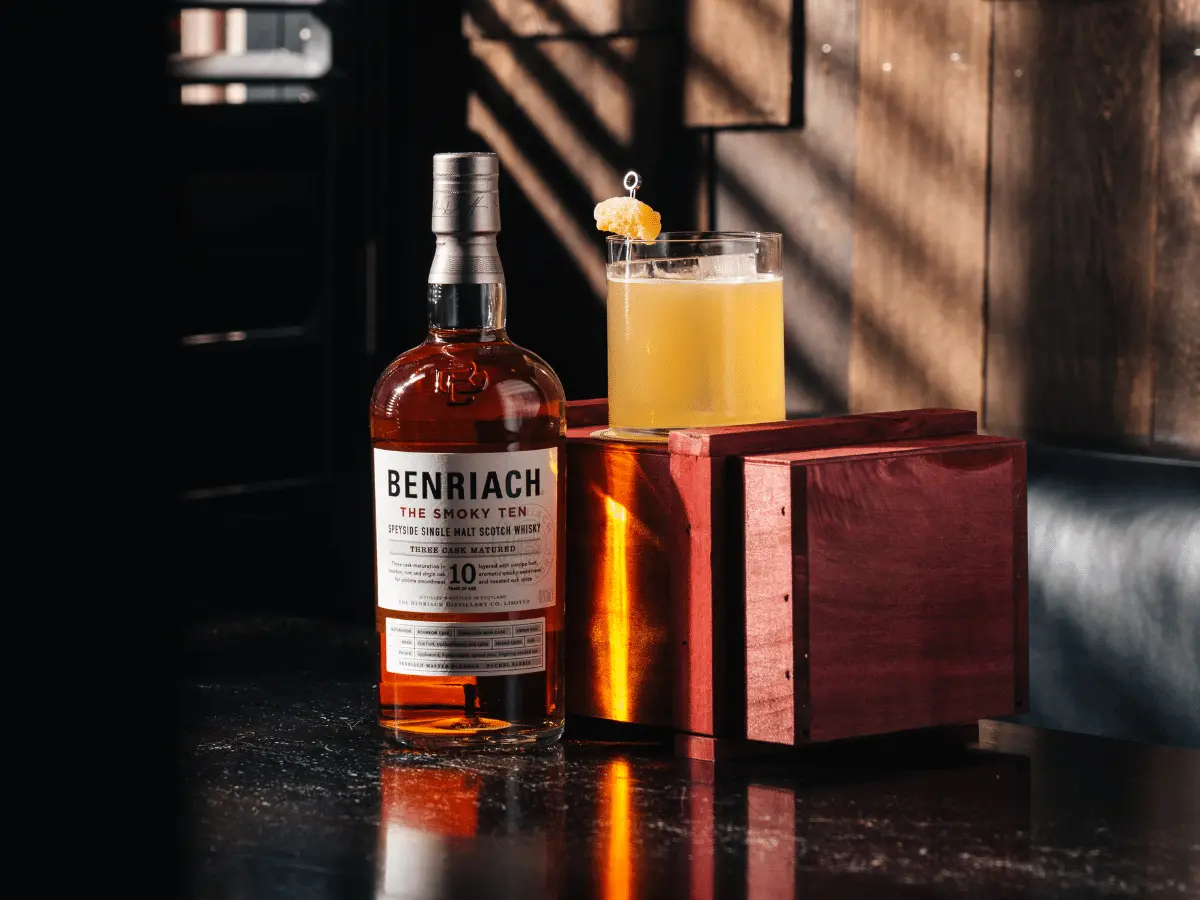























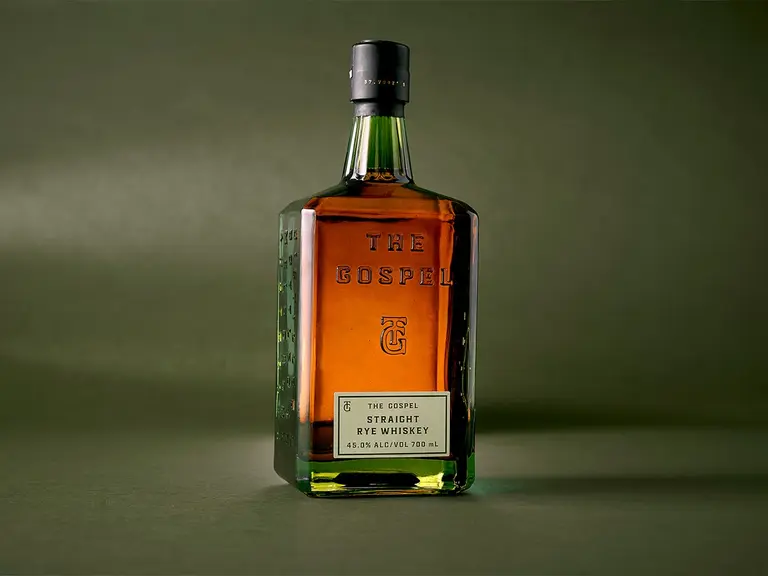

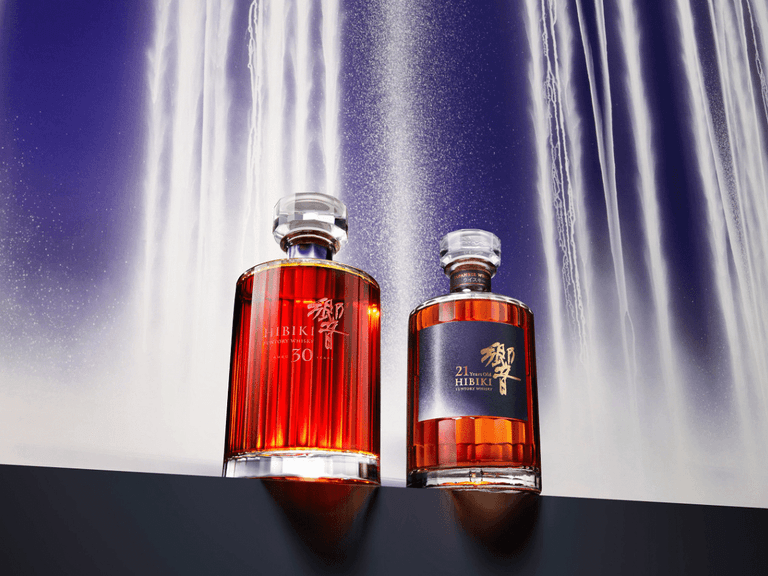


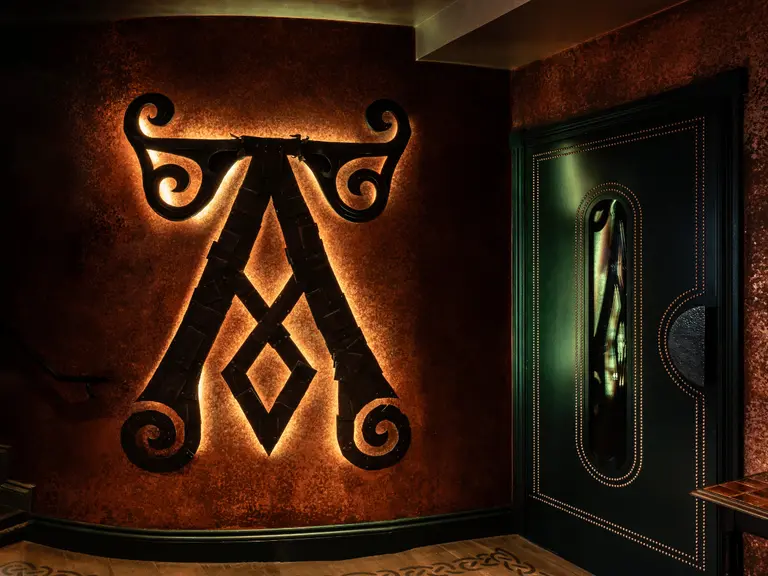

Comments
We love hearing from you. or to leave a comment.